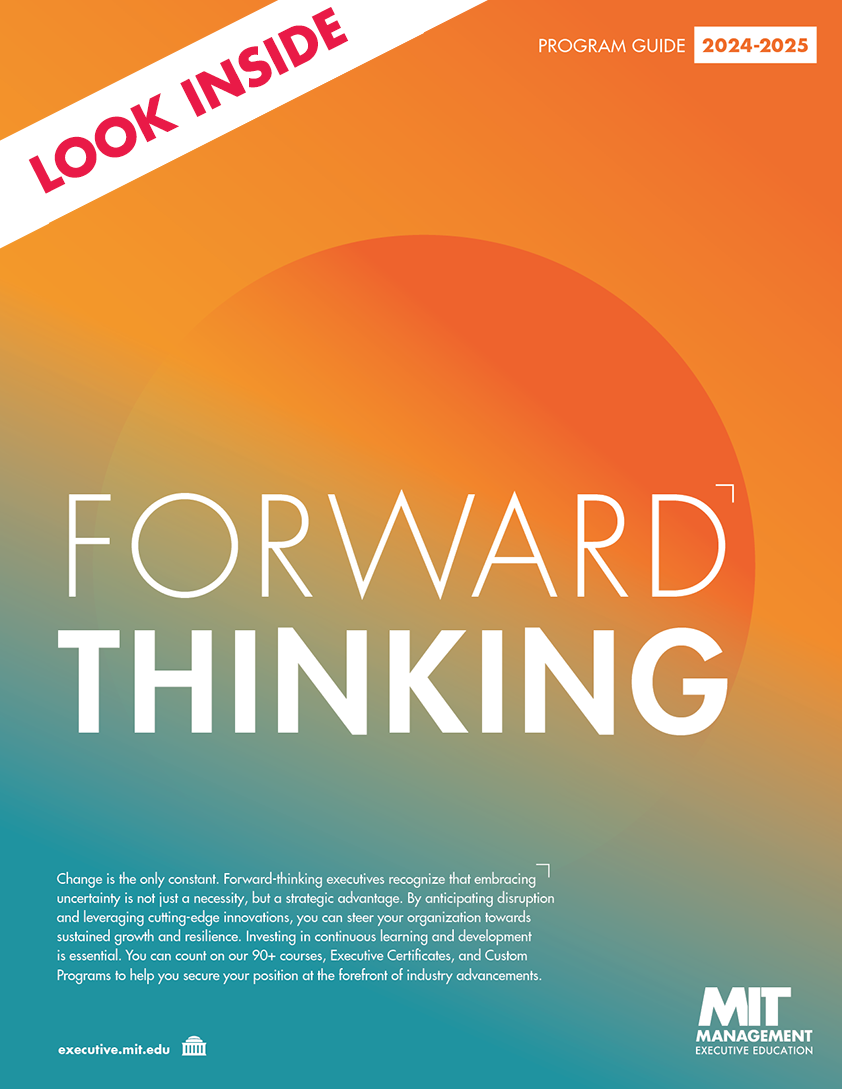Access is not the same as opportunity. Take Nasdaq’s recent diversity measures, approved by the Securities and Exchange Commission, to require companies comply with specific race and gender targets for board membership.
As MIT Sloan Professor of Management Roberto Rigobon observes, this initiative is positive but insufficient. In “Rethinking Diversity Measures in the Finance Industry,” Rigobon examines the ways in which a narrow evaluation system for DEI fails to enable lasting social impact.
“Diversity solely measured by ownership or board membership misses out on important social improvements, which require both the tools and the support system brought about by cultural change,” he writes.
His critique of Nasdaq’s measurement system (and superficial assessment generally) provides insight for leaders interested in real improvement. Here are the qualities a more effective and sustainable set of diversity measures should prioritize:
Expand insufficient statistics. According to Rigodon, so-called insufficient statistics “do not truly capture the ethical aspects of diversity that we would like to measure, such as treatment and inclusion.” As an example, counting the number of women on boards or in top management fails to measure the quality of their experience in those roles i.e. whether they are respected or well-regarded.
"Diversity solely measured by ownership or board membership misses out on important social improvements, which require both the tools and the support system brought about by cultural change."
Aim to redefine and exceed targets. Insufficient statistics can also create the illusion of change without actually moving the needle. Here Rigobon refers to financial institutions that set low targets: “Instead of offering truly improved support to marginalized groups within the organization, most banks and financial institutions will shift their asset managers’ goals to hit minimum targets, resulting in minimal redistribution of power. Once the target is hit, most will feel as if their work is done.”
Recognize data’s limitations. Rethinking diversity measures does not mean enterprises should stop collecting data. Rather, data—especially data supporting superficial targets—should be given appropriate authority. “The fact that the statistics are imperfect, however, does not mean that we should stop computing them. Rather, it means that the emphasis on these numbers is oftentimes misplaced,” Rigobon writes.
Ask rigorous questions. Financial institutions need to ask broader, more complex questions in order to improve diversity measures. As Rigobon observes, these inquiries should include:
- What are the organization’s intentions and goals?
- What is its process and progress toward diversity?
- What is it doing to hire, retain, and promote minorities and change its practices around all three?
- How is its culture shifting?
Only in this way can a company truly understand its progress in terms of inclusion, access, and its treatment of employees.
Measure thoughtfully. How an organization goes about answering the questions above should depend on whether results will be kept private or made public.
- For confidential assessments, Rigobon advises companies to examine the practices and results of hiring, promotion, and retention. He references technology MIT is developing to assess how people treat each other during meetings. He also emphasizes the importance of processes like exit interviews given that, “the measurement of discrimination is hard to achieve because it relies on information from those who were left behind, resigned, or were unsuccessful within the organization.”
- For public assessments, transparency and accountability are key. As Rigobon writes, “if the disclosure is to be made public, the evaluation will depend on the transparency and enforcement of the organization’s procedures to be proactive in avoiding or curtailing discrimination and any form of mistreatment. Improvement in those procedures and in how they are enforced is the closest to intentionality that we might get.”
Broaden expectations. Diversity assessment strategies that are too narrow will fail to acknowledge valuable initiatives. As an example, Rigobon refers to “One Million Black Women,” Goldman Sachs’ commitment of $10 billion to advance racial equity and economic opportunity for Black women over 10 years. This initiative wouldn’t be counted by Nasdaq because it exceeds diversity measures, “instead creating a means to investment in housing, health care, education, job creation, workforce advancement, digital connectivity, and financial health, as well as access to capital—all tools of empowerment that also have the potential of creating broad-based welfare improvements.”
Roberto Rigobon teaches in several MIT Sloan Executive Education courses, including Understanding Global Markets, Strategies for Sustainable Business, and Economics for Business.








